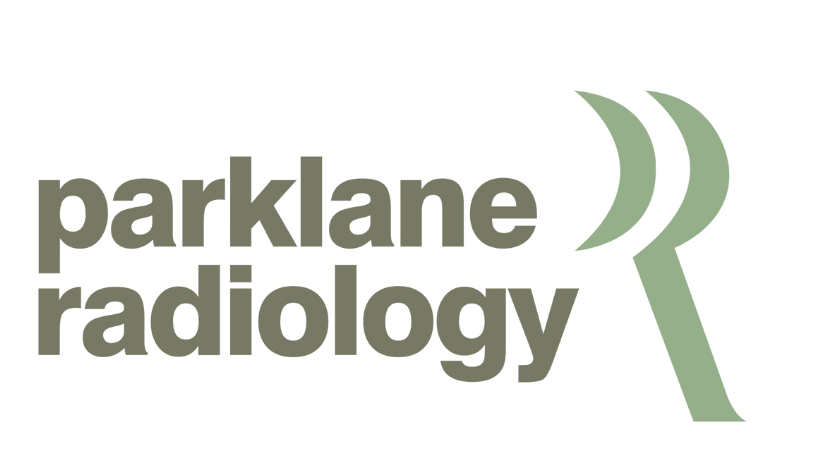General imaging
Modern radiological service providing x-rays, ultrasounds, fluoroscopy, CT and MRI scans for both outpatients and inpatients of the Parklane Hospital.

General X-Ray
X-rays are the mainstay of radiology, and we perform conventional x-rays of the chest, abdomen, bones and joints, spine, skull, sinuses etc.

Ultrasound
Ultrasound (sonar) examinations are non-invasive scans whereby the radiologist uses a special probe linked to a monitor to assess different parts of the body. Ultrasound can be used to look at the abdominal organs, the joints, the breasts, veins, the fetus (obstetric sonar) and the thyroid gland.

CT Scan
Computed Tomography (CT) scans are composite x-ray studies that provide detailed information of anatomy and disease states in the body. Some of the most common examinations we perform are:
Sinuses and middle ear scans (referred by ENTs).
Chest and abdomen scans for cancer staging (referred by oncologists)
Kidney-Ureter-Bladder scans to look for stones (referred by urologists)
Pulmonary embolism scans (referred by physicians or surgeons)
Brain scans

MRI
The MRI machine enables the highest-level imaging of the breast, pelvis, oncology and paediatric patient. We also perform MRI examinations of the brain, spine, liver and musculoskeletal system.

hSG
A HSG is an X-ray test to outline the internal shape of the uterus and show whether the fallopian tubes are blocked. In HSG, a thin tube is threaded through the vagina and cervix. A substance known as contrast material is injected into the uterus.

Oncology
Oncology is the field of medicine that focuses on cancer treatment. PLR works closely with the oncologists to help diagnose, stage and monitor cancer patients. Our imaging technology helps find tumors and other changes in tissue, show how much disease is there, and determine if treatment is working. Oncology imaging may also be used to do biopsies and in guiding other surgical procedures.
Gynaecologic Oncology
Ultrasound, and now more frequently, MRI, is used to accurately show the pelvic structures – assists in determining the origin of a tumour (cervix/uterus, ovaries?), and stage the tumour by measuring size and extension to surrounding organs. MRI of the uterus is also used to evaluate fibroids prior to treatment.
Prostate Cancer
MRI of the prostate is the gold standard for assessing size and extent of prostate cancer.
Paediatric Oncology
When children get cancer, experienced and gentle staff are essential in making cancer imaging a painless, anxiety free experience. PLR is geared towards this in terms of the staff, the imaging equipment and a weekly anaesthetic list for paediatric patients.
Children's Imaging
When children are faced with an illness or injury, finding accurate answers swiftly is critical for actioning them the correct treatment. Our clinic uses advanced technology and child-friendly methods to assess all types of conditions spanning cardiovascular, chest and respiratory, gastrointestinal, neurological, oncological, skeletal and orthopaedic as well as urological and genitourinary. We are also able to assist with a paediatric anaesthetist if required.
Children’s imaging includes:
CHEST X-RAYS
Chest x-rays in children are most often used to identify pneumonias including TB. Our paediatric radiologists have extensive experience in the interpretation of all paediatric x-rays and scans.
PAEDIATRIC MRI
MRI is an ideal study in children since it involves no radiation and usually does not require intravenous contrast (this is opposed to CT scans which involve both). Congenital/developmental brain disorders, and paediatric tumours are some of the more common indications for MRI.
The Parklane MRI is staffed by a radiologist experienced in paediatric imaging, and has specialized equipment for paediatric use that allows us to obtain the highest quality images. We also have an anesthetic unit inside the MRI room as it is sometimes necessary to do paediatric scans under general anaesthesia.
RADIATION PROTECTION
Although the radiation dosage from modern x-rays is relatively small and it is extremely unlikely that occasional x-rays or even CT scans will cause any damage whatsoever, it is vitally important that we limit the radiation exposure to children as much as possible. This means being discriminating when electing to do x-rays, doing as few x-rays as possible on any given patient and using dose reducing techniques at all time.
Both our radiographers and radiologists are well trained in the techniques and philosophy of radiation reduction in paediatric radiology.




Neonatal Imaging
Bedside (portable) x-rays
PLR radiographers are highly experienced in neonatal radiology. Frequent chest x-rays are needed for newborns in the neonatal icu (NNU). This is to keep an eye on lung changes and the positioning of lines/tubes. Gentle handling of babies, awareness of ICU equipment and rapid processing of x-rays are standard practice for PLR. Our x-rays are easily viewed by treating doctors on workstations in NNU.
Cranial and Abdominal Ultrasounds
Premature babies and babies who have undergone birth trauma, are prone to brain injury. As a result, most NNU babies will require a bedside cranial ultrasound – the brain is viewed through the fontanelle in the skull.
Ultrasound of the kidneys and other abdominal structures are also very important studies for sick babies. PLR doctors are highly trained and are well practiced in cranial and abdominal ultrasound examinations in neonatal patients
Contact Us
Need to talk to someone?
Connect with us if you have any questions, queries or would like to book an appointment.

